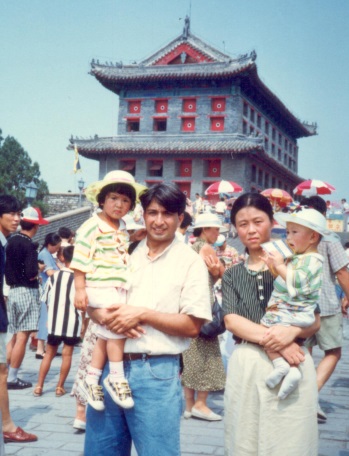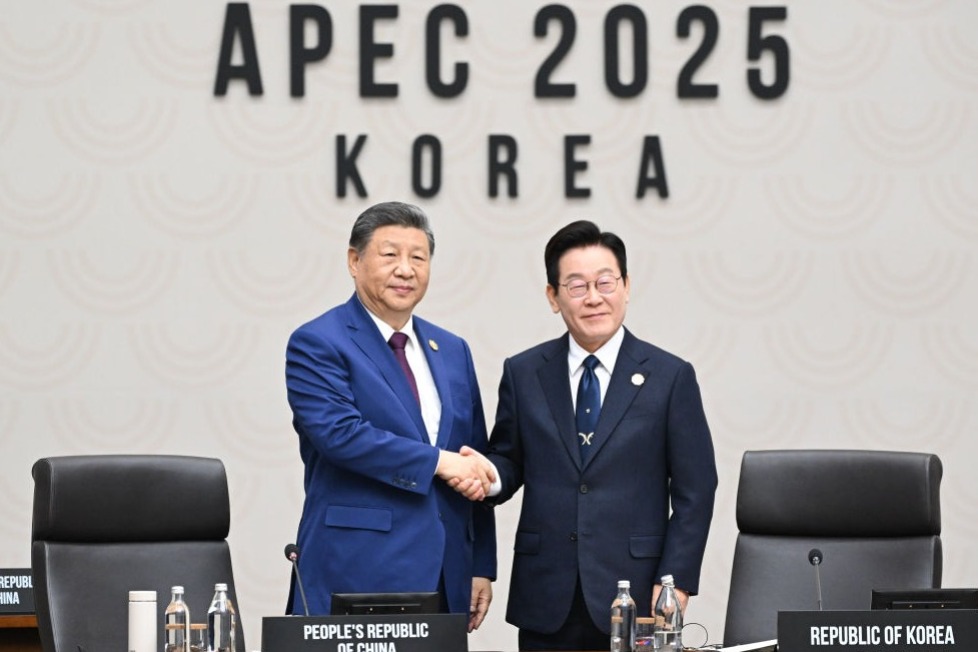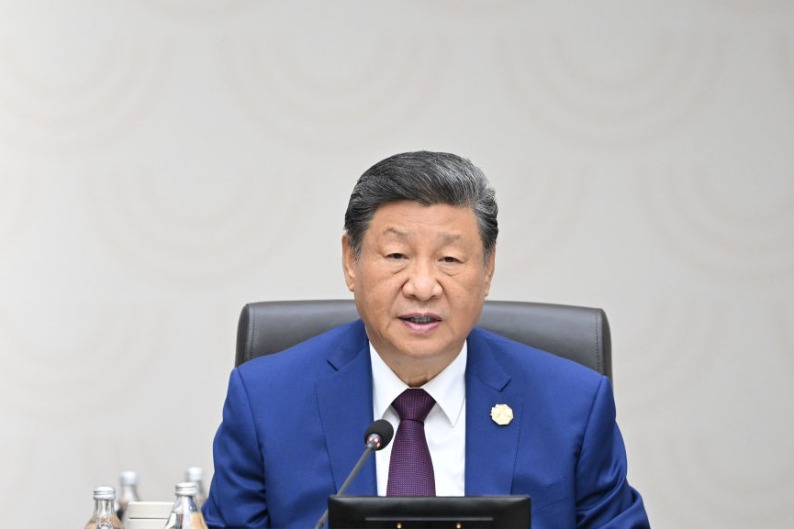When I fell in love with China
By Mazhar Alam | chinadaily.com.cn | Updated: 2021-07-19 10:54

My romance with China began with the magazine Cheen Batasveer, an Urdu edition of China Pictorial. My mother showed me the edition of January 1970 when I was only three and half years old. I was so fascinated by the pictures that my mother kept buying the magazine every month. I still have that first copy. Neither my mother nor anyone else around me had any idea how that magazine would change my life and become a turning point after two decades.
After the founding of New China, China adopted a friendly policy of showing its development and policies through colorful print media.
China Pictorial was launched in 1950 and designed as a vehicle for presenting captivating photographs and informative and interesting stories. It was the most powerful and comprehensive publication used for displaying China after the founding of the People's Republic in 1949. The title of the magazine was inscribed by the late Chairman Mao. For around 70 years, the magazine has been covering major domestic and international events and reflecting dramatic reforms of society in Chinese and several foreign languages. At one time it was distributed in around 100 countries and regions.
When the United States and its allies were busy establishing their power by dropping bombs and attacking other countries, China was engaging in fixing and strengthening its foundation that was shaken by the eight imperialist powers who badly damaged, weakened and divided China. Thus, China had to start all over by putting its shattered political, administrative and social structure together. The sincere efforts of the Chinese leaders have at last put all the shattered pieces together. After 72 years of hard work, they have not only pulled all of their people out extreme but also brought the country to such a level that it has the capacity to help other nations and lead the world toward collective progress. China shared its experience and day to day development through such magazines in the early period and then through extending help to friendly nations. Unlike the US, China used the policy of winning hearts by helping other nations, like what China is doing in fighting against COVID-19 pandemic.
For the next two decades, I kept learning about China through this magazine. The pictures and the stories of China's development and struggle were very fascinating.
Thirty two years ago, I met a young Chinese university lecturer who came to Pakistan for research. She was just a walking picture of the Chinese depicted in China Pictorial. One year later, we got married. This was the result of my romance with China that began in 1970 through a magazine.
In 1993, we travelled to China by road. We passed through the Taklamakan and Gobi deserts, visited beautiful places and learned about different cultures and people from Xinjiang to Beijing. I saw all what was shown in the magazine. After two months, we returned to Pakistan by the same route. A few months later, I was invited by the Academy of Social Science and foreign affairs office of Hebei province for conducting anthropological research and we moved to China in 1994. Besides research, I started to teach at a university and work with Hebei TV as a consultant.
China was in the transitional period when I arrived. Led by Deng Xiaoping's opening-up policy, China was shifting from controlled economy to open economy. People were filled with new hopes and dreams of a prosperous life. The process of China's development that I observed can be divided in three eras: Mao Zedong Era, Deng Xiaoping Era, and Xi Jinping Era. Mao's era was full of struggle, adventures, difficulties, planning, trials and errors as well as hope. Despite the difficulties people went through during that period, it set the stage for the future of China. No matter how the Western political analysts write about it but anthropologists would certainly see that period from a different angle. Before the founding of New China, the Chinese society was divided and economically ruined. The people were thrown in the deep sea of poverty by the eight invading imperial powers, its own ruling class, landlords and wealthy warlords. Mao's greatest achievement was uniting people under the flag of communist party, transforming them into "one nation", filling them with enthusiasm, teaching discipline that was much needed that time to follow the policies of the national command, creating jobs for all adults and most of all empowering women and making them partner in the task of nation building. Without all this basic foundation work, it would not be possible for the future leaders and generations to achieve what China has achieved today.
Deng Xiaoping observed the whole process of social, political and economic changes and rectified the policies, continued the tasks of nation building that Chairman Mao started, by introducing his game-changing policy of opening-up. His policies were carried by his sincere successors. China achieved great political, economic and social stability and started its journey towards prosperity.
After further strengthening political, economic and social stability and getting rid of poverty under Xi Jinping's leadership, China is now setting to lead the world. China-proposed Belt and Road Initiative is an indicator of the strength and economic power that China has gained over the period of 72 years through hard work and right policies.
While I was busy learning about the people and culture of China, one pleasant afternoon in the autumn of 1996, I received a phone call from a gentleman. "Hello! This is Zhang, head of China Pictorial Urdu section. I would like to invite you to join China Picture as editor, would you like to join us?" It was like I was dreaming. I was asked to work for the magazine that had fascinated me for so many years. After overcoming the sudden surprise, I said, "yes". After 26 years of my first introduction to China Pictorial in my early childhood, I became its editor and we moved to Beijing which soon became our second home.
During the economic crisis of the mid-1990s, the magazine adjusted its business structure and suspended several printed versions including the Urdu edition. In 2000, I saw the last Urdu issue, the first love of my life, come off the press with a very heavy heart. However, my journey in China is still going on.
The author is an anthropologist, teacher and a researcher. He has been living in China since 1994. During this period, he has taught at several universities and colleges, worked for Hebei TV and China Pictorial as a foreign expert, and travelled across China. At present, he is working as a project director with a joint Chinese archaeological excavation project in Pakistan and associated with Hebei Normal University as a visiting professor. He settled in Beijing.
If you have a specific expertise , or would like to share your thought about our stories, then send us your writings at opinion@chinadaily.com.cn, and comment@chinadaily.com.cn.
























